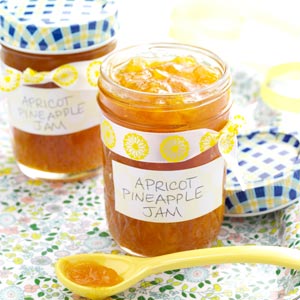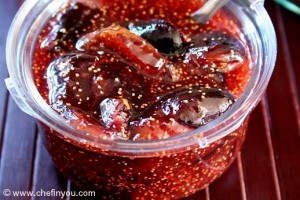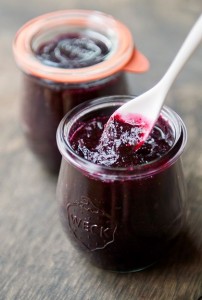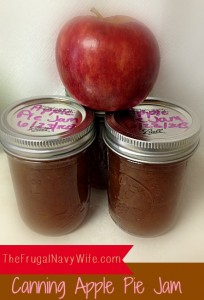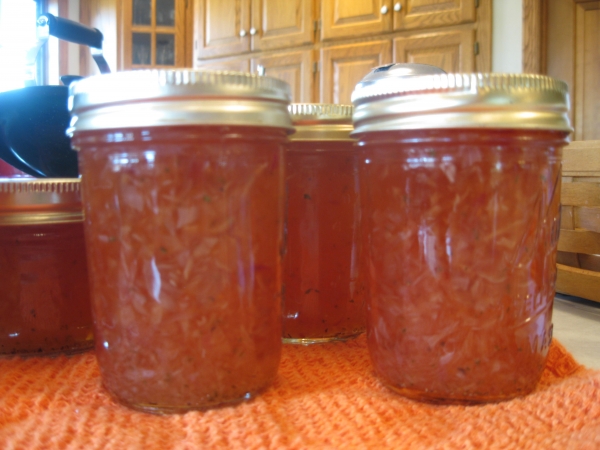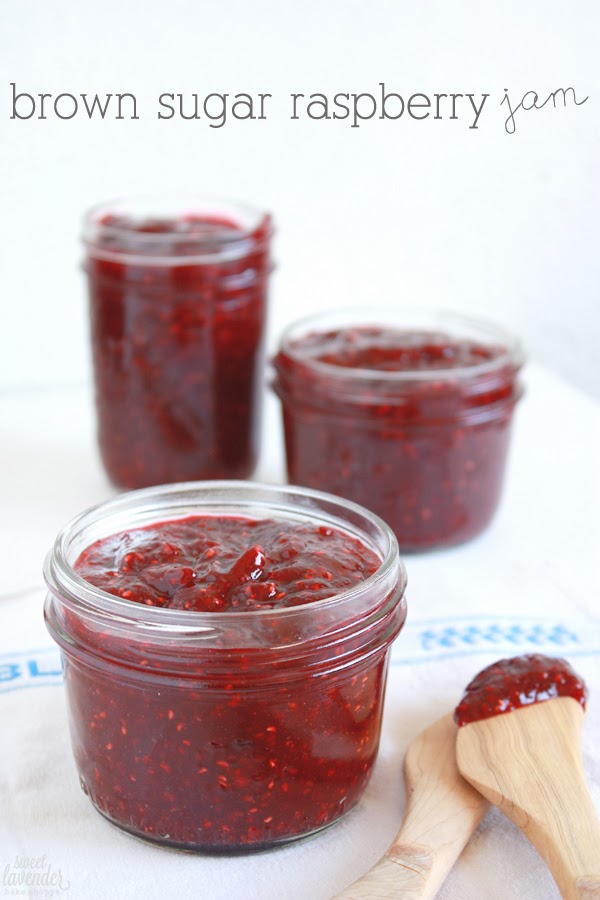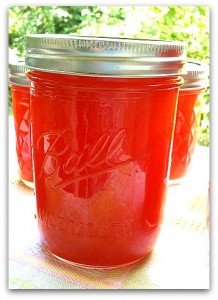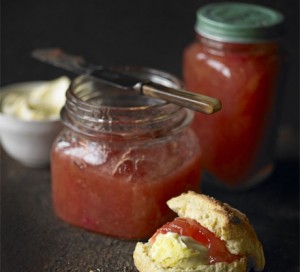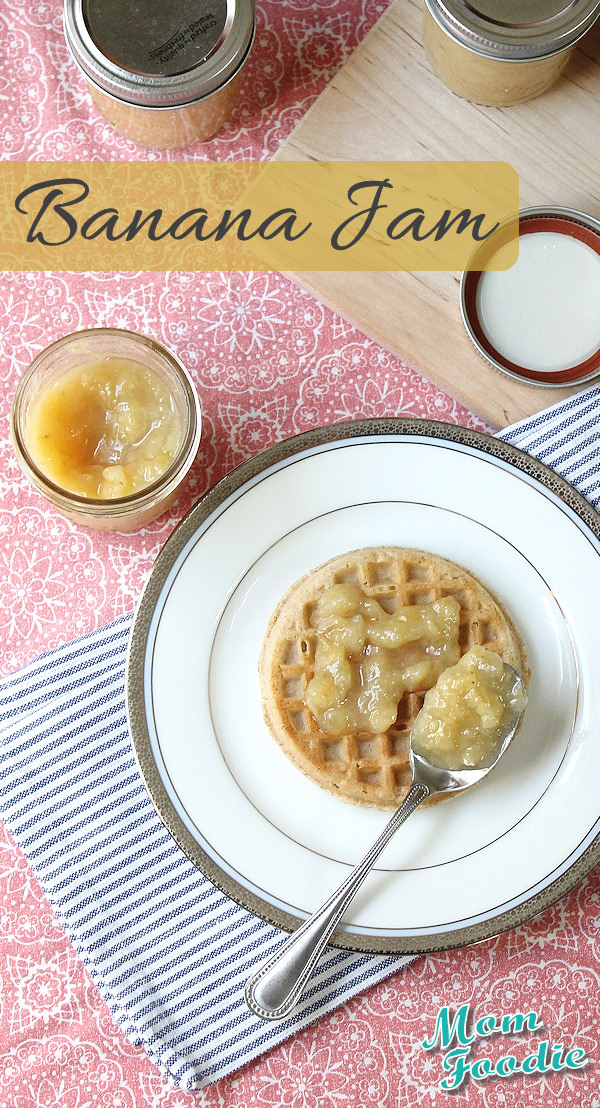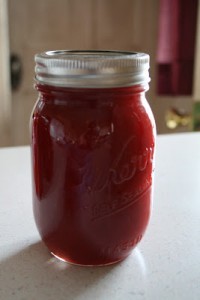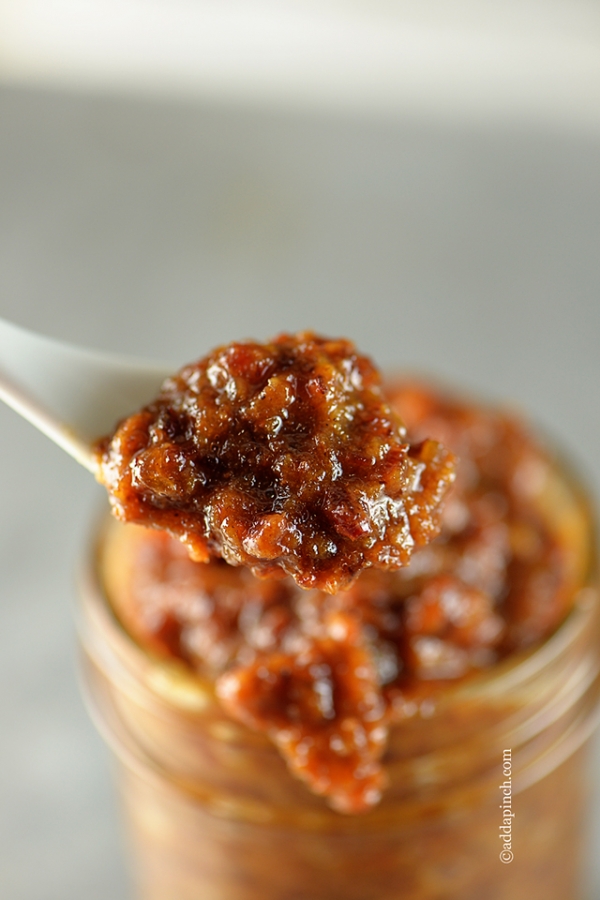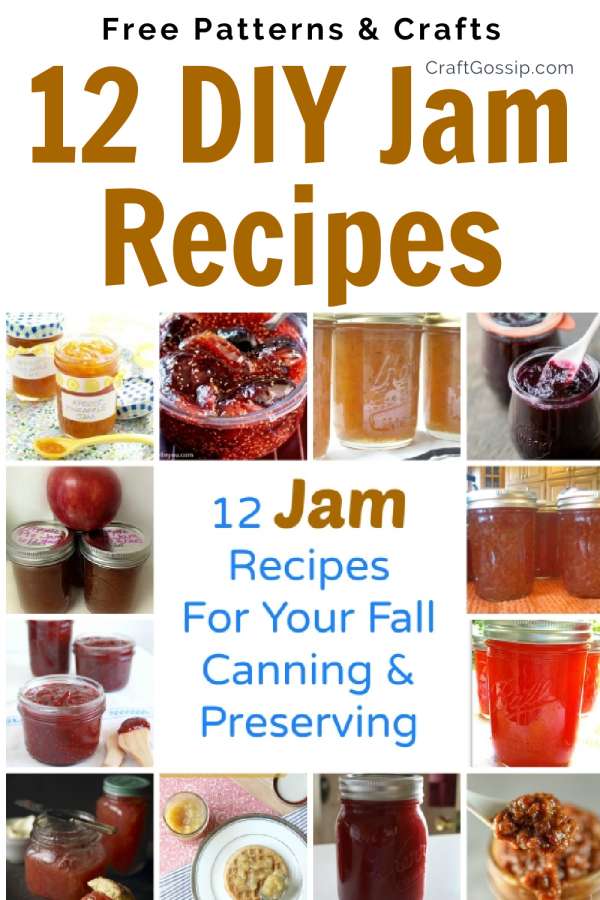
This time of the year is when we usually start seeing large amounts of harvest come in either from our own gardens or from local farmers. If you like to have home grown food, year-round, then canning and preserving is the way to go. These 12 delicious recipes for different types of jams will give you some great ideas of what to do with that fresh produce that you currently may have access to. I know that I now want to be trying quite a few of these!
Check out these books on Jam making
1- Apricot Pineapple Jam from Taste Of Home
2- Fresh Fig Jam from Chef In You
3- Pear Vanilla Jam from Food In Jars
4- Blueberry Jam from Use Real Butter
5- Apple Pie Jam from The Frugal Navy Wife
6- Onion Jam from Tasty Kitchen
7- Brown Sugar Raspberry Jam from Sweet Lavender Bake Shoppe
8- Watermelon Jam from Canned Time
9- Rhubarb and Ginger Jam from Good Food
10- Banana Jam from Mom Foodie
11- Apricot Strawberry Jam from The Chocolate In My Life
12- Bacon Jam from Add A Pinch
Rhubarb and Ginger Jam Recipe – A Zesty Homemade Preserve
Capture the essence of spring with this delightful Rhubarb and Ginger Jam. Combining the tartness of rhubarb with the warmth of ginger, this homemade preserve is perfect for spreading on toast, scones, or as a filling for pastries. Making your own jam is a rewarding experience, and this recipe is straightforward, requiring just a few ingredients
- 1 kg rhubarb, trimmed and chopped
- 1 kg granulated sugar
- Juice of 1 lemon
- 50 g fresh ginger, peeled and finely grated
Instructions
- Prepare the Fruit: In a large bowl, combine the chopped rhubarb, sugar, lemon juice, and grated ginger. Mix well, cover, and let it sit overnight. This maceration process helps draw out the juices from the rhubarb.
- Cook the Jam: The next day, transfer the mixture to a large saucepan or jam pan. Slowly bring it to a boil, stirring to dissolve the sugar. Once the sugar has dissolved, increase the heat and boil rapidly for about 10-15 minutes, or until the jam reaches setting point (105°C/220°F on a jam thermometer).
- Test for Setting Point: To test if the jam has set, place a small amount on a chilled plate and let it cool for a minute. Push it with your finger; if it wrinkles, it’s ready. If not, continue boiling for a few more minutes and test again.
- Jar the Jam: Once set, remove the jam from heat and let it sit for a few minutes to allow the fruit to settle. Carefully ladle the hot jam into sterilized jars, seal, and let them cool completely.
Tips for Success
- Sterilizing Jars: Ensure your jars are properly sterilized to prevent spoilage. Wash them in hot soapy water, rinse, and then place them in a warm oven (about 140°C/275°F) for 10-15 minutes.
- Storage: Store the sealed jars in a cool, dark place. Once opened, keep the jam refrigerated and consume within a few weeks.
- Serving Suggestions: This jam pairs wonderfully with clotted cream on scones, as a filling for sponge cakes, or simply spread on buttered toast.
Enjoy making this delightful Rhubarb and Ginger Jam, and savor the taste of spring all year round!
